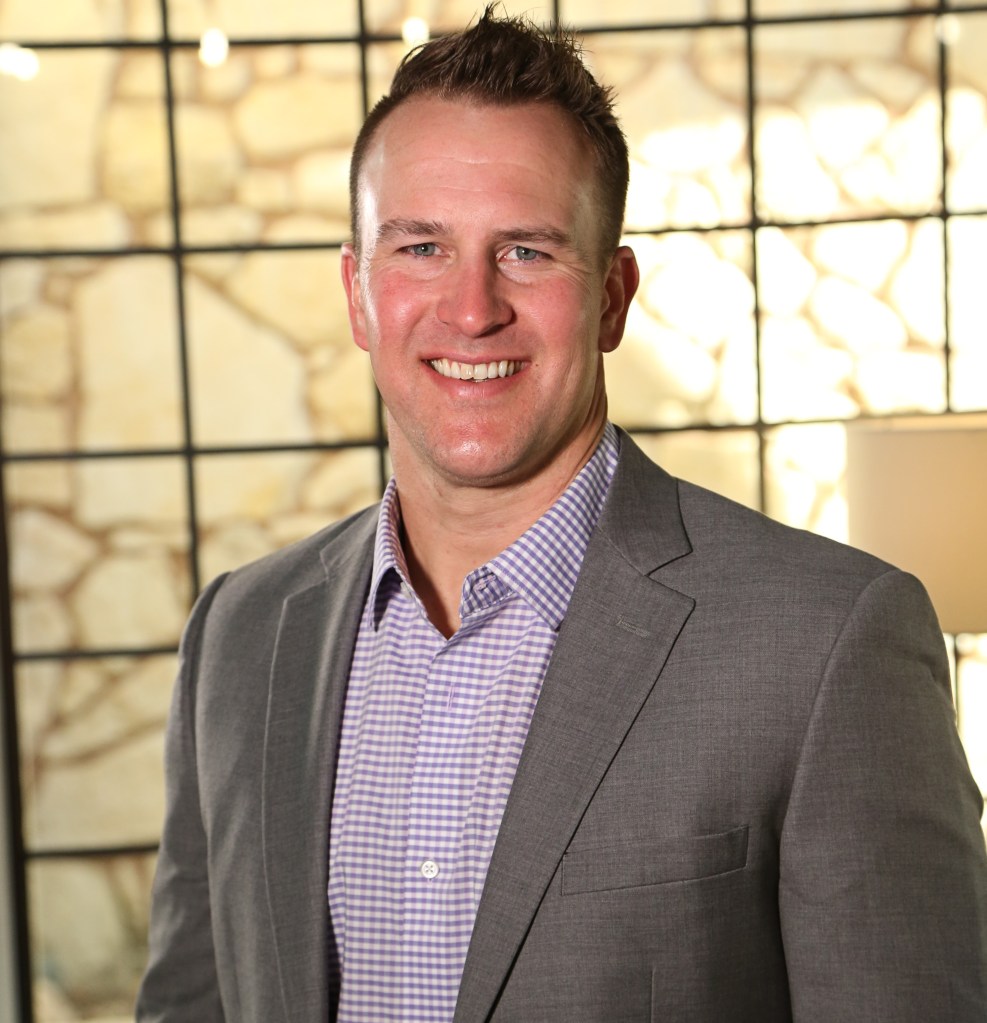How Agents Can Help Nonprofits Protect Volunteers With D&O Coverage

By: Olivia Overman
In today’s tenuous legal environment, all organizations—big and small—need to consider purchasing directors & officers insurance. While the coverage may be considered primarily the domain of larger for-profit organizations, there are many reasons why nonprofit organizations need this coverage.
Over half (58%) of organizations that had to defend a D&O claim between 2016 and 2021 were nonprofit organizations, according to CoverWallet, an Aon company. Also, nonprofits face special challenges, and part of mitigating those challenges is providing D&O coverage for the many volunteers who play a key role in these organizations.
“Volunteers are not only people that help from time to time, they can be board members who don’t work at the nonprofit organization,” says Nicole Murphy, nonprofit D&O product manager, Travelers. “Having nonprofit D&O insurance in place helps directors, officers, employees and volunteers focus on the mission, knowing they have protection in place to help address unforeseen claims.”
More than 1.8 million nonprofit organizations are registered in the U.S., according to the National Center for Charitable Statistics (NCCS). This includes public charities, private foundations, chambers of commerce, fraternal organizations and civic leagues. Because of the high variability in such organizations and the potential for volunteers, including board members and trustees, to be less familiar with the organizations they dedicate their time to, it is imperative for nonprofits to understand that the legal standards of conduct are just as high for nonprofits as they are for other organizations.
Additionally, because of the variety of potential claimants against nonprofit directors and officers—whether from vendors, donors, competitors, employees, government regulators and others—agents must highlight how important D&O coverage can be.
Nonprofits serve constituencies to which their boards owe specific fiduciary duties similar to duties owed by corporate boards, according to the Nonprofit Risk Management Center. And while the Volunteer Protection Act is a federal law that protects volunteers against allegations of harm, it provides limited immunity for volunteers who don’t receive compensation beyond reimbursement of expenses, according to BoardEffect. Also, the Volunteer Protection Act doesn’t necessarily apply to volunteers from all actions and decisions in the course of their duties. As a result, D&O insurance is the best tool for nonprofits to protect volunteers against unforeseen allegations of harm.
In any given year, approximately one in 25 nonprofits will have a D&O claim against them, nearly all of them employment-related, according to the Nonprofits Insurance Alliance Group, which says that the average D&O claim will cost $35,000 to resolve, with 1 in 10 claims costing more than $100,000.
“Agents and brokers should recommend a strong D&O policy to protect the board members and leadership, as well as an employment practices liability insurance (EPLI) policy, which should extend coverage to not just the employees of the organization, but the volunteers who are dedicating their time and service to the mission,” says Ziad Kubursi, head of financial and executive liability, The Hartford. “The most important factor in selecting a carrier is one that has experience and industry expertise in this area and is also able to assess the unique risks of the organization.”
And while damage payments can be sizeable for many nonprofits, “an experienced carrier can provide customized solutions that are backed by dedicated claims professionals who have the background and knowledge to manage losses should they arise,” Kubursi says.
Agents should provide their nonprofit clients with an “understanding of who is and is not an insured under the policy, as well as an understanding of exclusions in the base form and those added via endorsements,” Murphy explains. “If there is a specific risk an insured would like covered, it’s best for them to discuss that with their agent to ensure they are getting the coverage they need.”
Further, “highlighting the free value-added services, like risk management offered with the coverage, can help make coverage more appealing to the insured,” Murphy says.
Currently, the market for nonprofit D&O is relatively soft, meaning “it’s a good time for agents to sell the coverage for broad terms and attractive pricing,” Murphy says. “Each nonprofit is unique, so identifying exposures germane to that organization’s operations shows an understanding of how coverage should be tailored.”
Olivia Overman is IA content editor.










